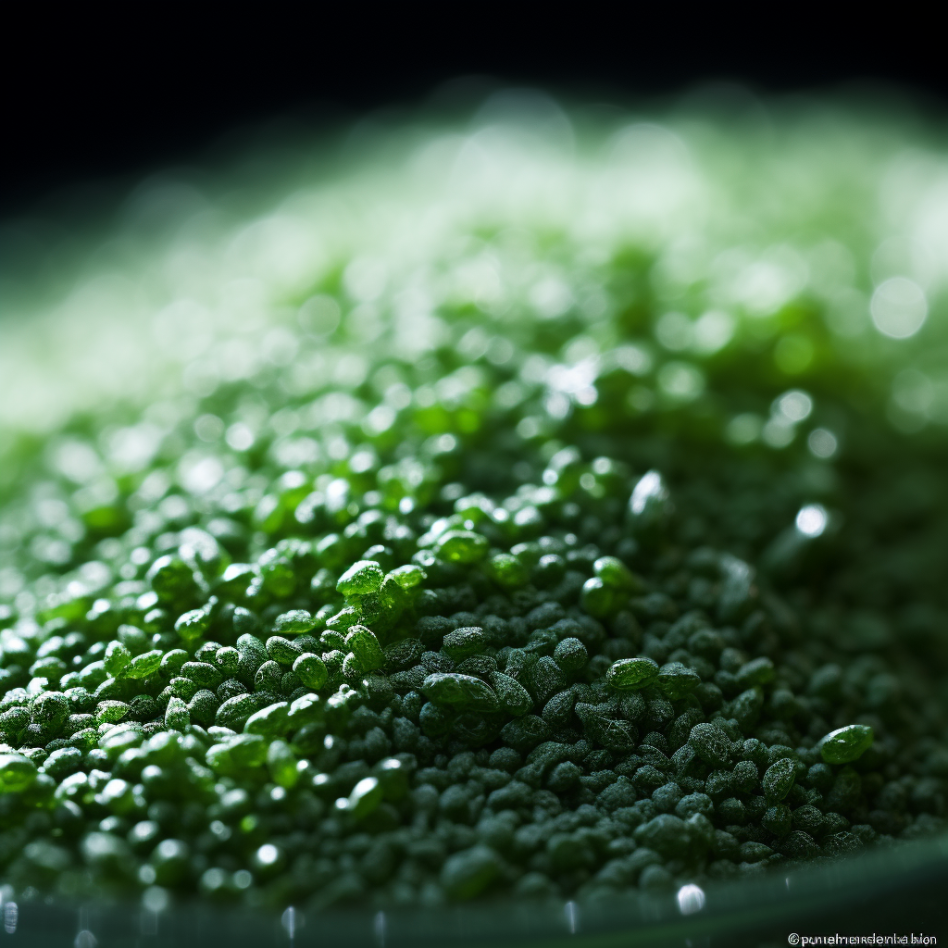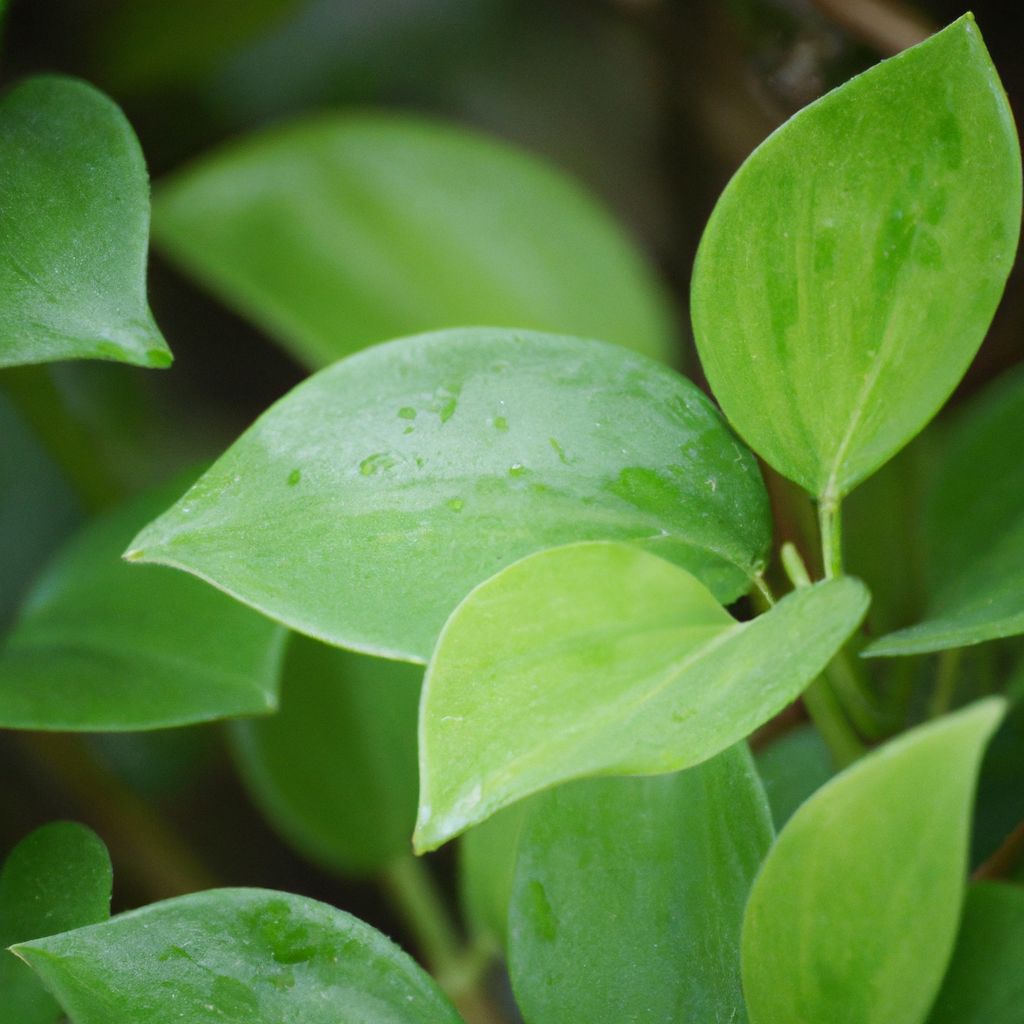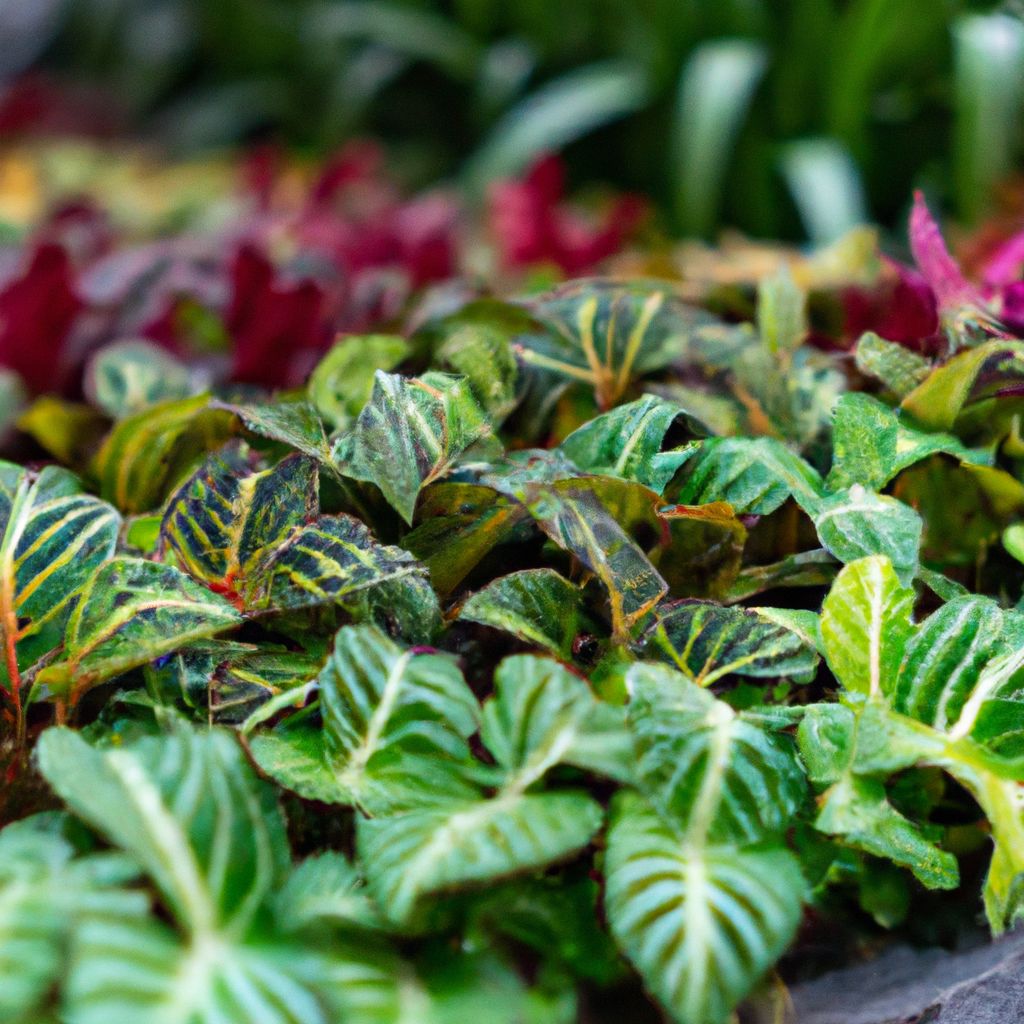Greensand is a natural mineral that can improve soil health and plant growth when added to garden beds or pots. Derived from glauconite deposits, greensand contains iron, potassium, magnesium and other trace minerals that enrich soil over time. Read on to learn why gardeners should consider incorporating greensand, how to apply it properly, and what results to expect.
What is Greensand?
Greensand consists of glauconite, a greenish mineral containing iron, potassium, magnesium and 30 other trace minerals. Formed millions of years ago on ancient ocean floors, glauconite was concentrated into sandstone deposits through natural geological processes. Modern greensand is mined from these marine sedimentary deposits. The slow release of nutrients from greensand helps enrich soil and stimulate plant growth.
Why Use Greensand in Soil?
There are several reasons gardeners add greensand as a soil amendment:
- Improves soil structure by loosening compacted clay soils and increasing drainage.
- Provides a slow, steady release of potassium, iron, magnesium and other nutrients to plant roots.
- Increases moisture retention, especially helpful in sandy soils.
- Reduces erosion by binding soil particles together.
- Balances pH levels by neutralizing overly acidic soils.
- Stimulates root growth and development.
Key Benefits of Greensand

Greensand offers a wide range of benefits that make it a valuable addition to garden soil. Here is a more in-depth look at some of the key benefits:
Improves Soil Structure
One of the main benefits of greensand is its ability to improve overall soil structure. The minerals in greensand help to loosen tightly compacted soils and bind loose, sandy soils. This creates a better crumb structure with enhanced aeration and drainage. Greensand also increases the cation exchange capacity (CEC) of soil, allowing it to retain more positively charged nutrients. The end result is soil that is easier to work with and provides better conditions for plant growth.
Provides Essential Nutrients
Greensand slowly releases essential nutrients including potassium, magnesium, iron, calcium, and trace minerals. This provides a steady nutrient supply for plant roots over an extended period of time. The minerals in greensand become available through weathering and biological processes in the soil. This slow release prevents nutrient leaching and runoff compared to synthetic soluble fertilizers.
Enhances Moisture Retention
The porous structure and minerals in greensand give it excellent water holding capabilities. When added to sandy soils, greensand acts like a sponge to retain moisture and prevent it from draining too quickly. This moisture buffer is very beneficial for plants during hot, dry periods. The improved soil structure also enhances moisture retention overall.
Reduces Soil Erosion
By binding soil particles together and enhancing soil structure, greensand creates a more cohesive soil that is resistant to erosion. The soil is less likely to be displaced by heavy rain, wind, or other environmental factors. Greensand also increases organic matter content when combined with compost. This further helps anchor the soil and prevent erosion.
Balances pH Levels
Greensand has a mildly alkaline pH ranging from 7-9. When added to acidic soils, greensand helps raise pH levels closer to the optimal neutral range of 6.5-7. Proper pH is crucial, as too high or low pH can limit nutrient availability and harm plants. By balancing pH, greensand ensures plants can access the nutrients they need.
Stimulates Root Growth
The nutrients released by greensand encourage robust root system development. Healthy roots are essential for plants to absorb water and nutrients efficiently. Greensand also improves soil structure, allowing roots to spread unimpeded. The end result is larger root systems and overall better plant growth.
How to Apply Greensand
To fully utilize greensand, it must be applied properly. Follow these guidelines for best results:
- Test soil composition beforehand to determine pH and nutrient levels. This will indicate proper greensand dosage.
- Recommended amounts are 1-2 lbs per 100 sq ft of garden space, or 1 tbsp per gallon of potting soil.
- Incorporate greensand into soil early in the season prior to planting. Spring and fall are ideal application times.
- Mix greensand thoroughly into the top 4-6 inches of soil using a tiller or spade. Spread evenly over the growing area.
- For established plants, lightly till greensand into the soil around the root zone, taking care not to damage shallow roots.
- Greensand can also be used as a foliar feed. Mix 1 tbsp per gallon of water and spray on plant leaves.
Application Methods
There are several methods for applying greensand to maximize efficiency:
Broadcast Application
- Use a hand spreader or rotary spreader to evenly distribute greensand over the soil surface.
- Ideal for covering large areas like garden beds or lawns.
- Water lightly after broadcasting to help work greensand into soil.
Mixing Into Soil
- Use a spade or tiller to thoroughly incorporate greensand into the top few inches of soil.
- Ensures greensand is evenly distributed for optimal exposure to plant roots.
- Best for new gardens or raised beds prior to planting.
Topdressing
- Sprinkle greensand around the base of established plants, trees or shrubs.
- Useful for providing nutrients to specific plants without tilling the entire area.
- Can be worked lightly into soil using a hand cultivator.
Adding to Potting Mix
- Blend greensand with potting soil, compost, vermiculite, etc when potting plants.
- Provides controlled-release nutrients for container gardening.
- Mix well to distribute greensand evenly throughout the potting media.
Tips for Using Greensand Effectively
Follow these tips to maximize the benefits of adding greensand:
Test Soil First
- Testing soil composition beforehand provides valuable information on current pH levels and nutrient content.
- A soil test indicates how much greensand needs to be applied to correct any deficiencies or imbalances.
- Contact your local agricultural extension office for soil testing services. Home test kits are also available.
Combine with Organic Matter
- Adding compost, manure or other organic material together with greensand further boosts soil health.
- Organic matter provides food for vital soil microbes.
- The combination enhances nutrient availability, moisture retention and overall soil fertility.
Consider Other Amendments
- Pairing greensand with soil amendments like bone meal, kelp meal, or rock phosphate addresses other potential nutrient deficiencies.
- A blend of amendments creates a balanced nutritional profile.
- Follow soil test guidance on which particular amendments to use.
Monitor Plant Health
- Observe plant vigor, root development, foliage color and fruiting after applying greensand.
- This helps determine if further adjustments in mineral content are needed.
- Keep detailed records from season to season to gauge improvements.
- Sample and test soil periodically to monitor changing pH and nutrient levels.
Timing is also important when using greensand
- Early spring and fall are ideal times, when the soil is workable but plants are not actively growing.
- Avoid applying during summer heat when greensand may burn plant roots.
- Can be applied any time when mixed thoroughly into potting soil.
- For new gardens, incorporate greensand during soil preparation prior to planting.
- Use caution when applying to seedbeds, as high mineral content may inhibit germination.
- Established plants can receive light topdressing of greensand during the growing season.
- Time applications based on plant needs and growth cycles.
Greensand FAQ

Still have questions about using greensand? Here are answers to some frequently asked questions:
Is Greensand Safe for Organic Gardening?
Yes, greensand is completely safe and approved for use in organic gardening. It contains only naturally occurring minerals without any synthetic chemicals. Greensand offers an organic way to provide nutrients and improve soil.
Can Greensand Be Used in Containers?
Greensand can absolutely be incorporated into potting soil mixes for containers and raised beds. Blending about 1-2 tablespoons per gallon of potting mix provides controlled-release nutrients. Be sure to mix it thoroughly into the potting media.
How Long Until You See Results From Greensand?
The benefits of greensand tend to accumulate gradually over time. Most gardeners start noticing improvements in soil structure, moisture retention, and plant vigor after 2-3 months. However, the full effects may take up to a year as minerals are slowly released. Greensand provides longer-lasting results rather than instant gratification.
Is There a Downside to Using Greensand?
When used properly, greensand has no notable downsides. However, excessive amounts could potentially lead to sodium buildup over time in certain soils. Sticking to recommended application rates avoids any risks. Greensand may also cause issues with boron in some very acidic soils.
What Are Signs That Soil Needs Greensand?
Soil that would benefit from greensand may display poor texture, low fertility, insufficient moisture retention, or inadequate plant growth. Specific signs include compacted clay, crumbling sandy soil, low nutrient levels confirmed by testing, frequent watering needs, and stunted plants. Applying greensand can rejuvenate unhealthy soil.
What Plants Respond Best to Greensand?
While most plants respond favorably to greensand, there are some that benefit in particular:
- Vegetables: Tomatoes, peppers, broccoli, spinach, carrots
- Fruits: Citrus trees, grapes, berries
- Flowers: Roses, dahlias, iris, lavender
- Trees: Pecan, fruit, oak
- Lawns: Ryegrass, fescue blends
Additional Uses for Greensand
Beyond garden and lawn use, there are some other applications for greensand:
- Golf courses utilize greensand for sand traps and to maintain healthy turfgrass.
- Landscapers incorporate greensand when installing new plantings to give them a nutritional boost.
- Nurseries often include greensand in potting media blends for container plants.
- Farmers may use greensand as a soil amendment for fields growing crops.
- Greensand can be used around barns and stables to absorb urine and odors.
- Horticulturists blend greensand into custom soil mixes tailored for specific plants.
- Greensand’s moisture absorption makes it helpful for mud prevention in high traffic areas.
- The gritty texture of greensand creates traction on slippery walkways during wet weather.
- As a natural mineral fertilizer, greensand qualifies for use in organic agriculture.
Buying and Storing Greensand
When purchasing greensand, there are some important considerations:
- Buy from a reputable source to ensure you’re getting high quality greensand.
- Look for greensand free of contaminants like herbicides or pesticides.
- Seek coarse grades for mixing into soil, finer grades for foliar applications.
- Check that iron levels are at least 5% for maximum benefits.
- Store greensand in a dry, covered area protected from moisture.
- Greensand is heavy, so have help loading large quantities into vehicles.
- Unopened bags can be stored for years without losing effectiveness.
- Reseal opened bags carefully and use greensand within 12 months.
So in summary, incorporating greensand as a soil amendment provides a wide array of potential benefits. With proper usage, greensand can transform poor quality soil into fertile ground for thriving, productive gardens and landscaping. Release the potential of your soil with greensand!
















































